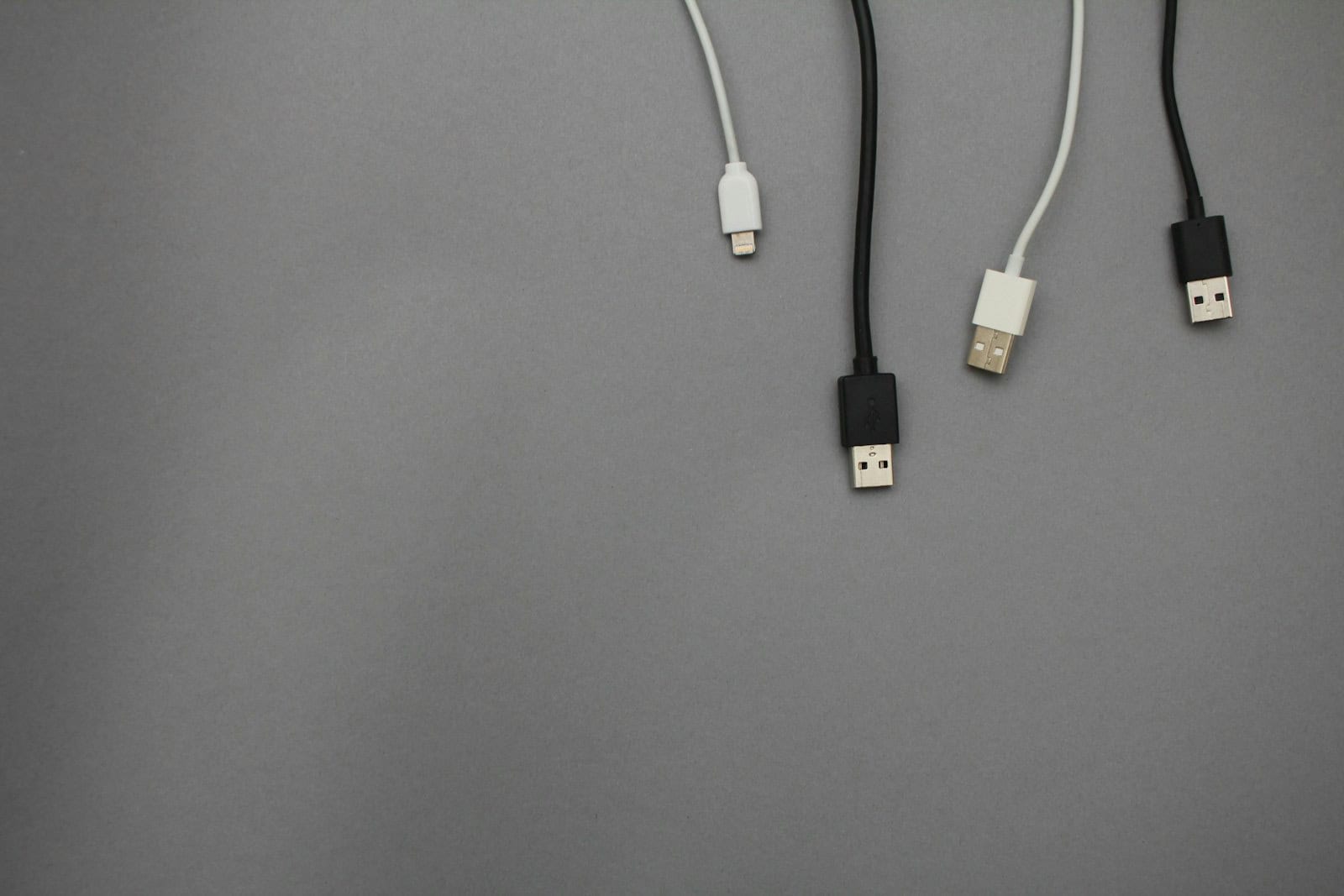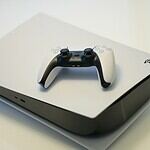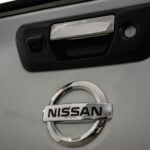USB connectors have evolved over the years to meet changing device needs. Mini USB and Micro USB are two popular types that have powered many gadgets. Micro USB is smaller and more durable than Mini USB, making it better suited for modern portable devices.
These connectors differ in size, shape and capabilities. Mini USB was introduced first but Micro USB later became more widespread. Micro USB can handle more insertion cycles and takes up less space in devices.
While both served important roles, USB-C is now replacing them in many new products. USB-C offers faster speeds and more power delivery options. Still, many existing devices continue to use Mini or Micro USB ports.
| Feature | Mini USB | Micro USB |
|---|---|---|
| Size | Larger | Smaller |
| Durability | Less durable | More durable |
| Insertion cycles | ~5,000 | ~10,000 |
| Common uses | Older cameras, MP3 players | Smartphones, tablets |
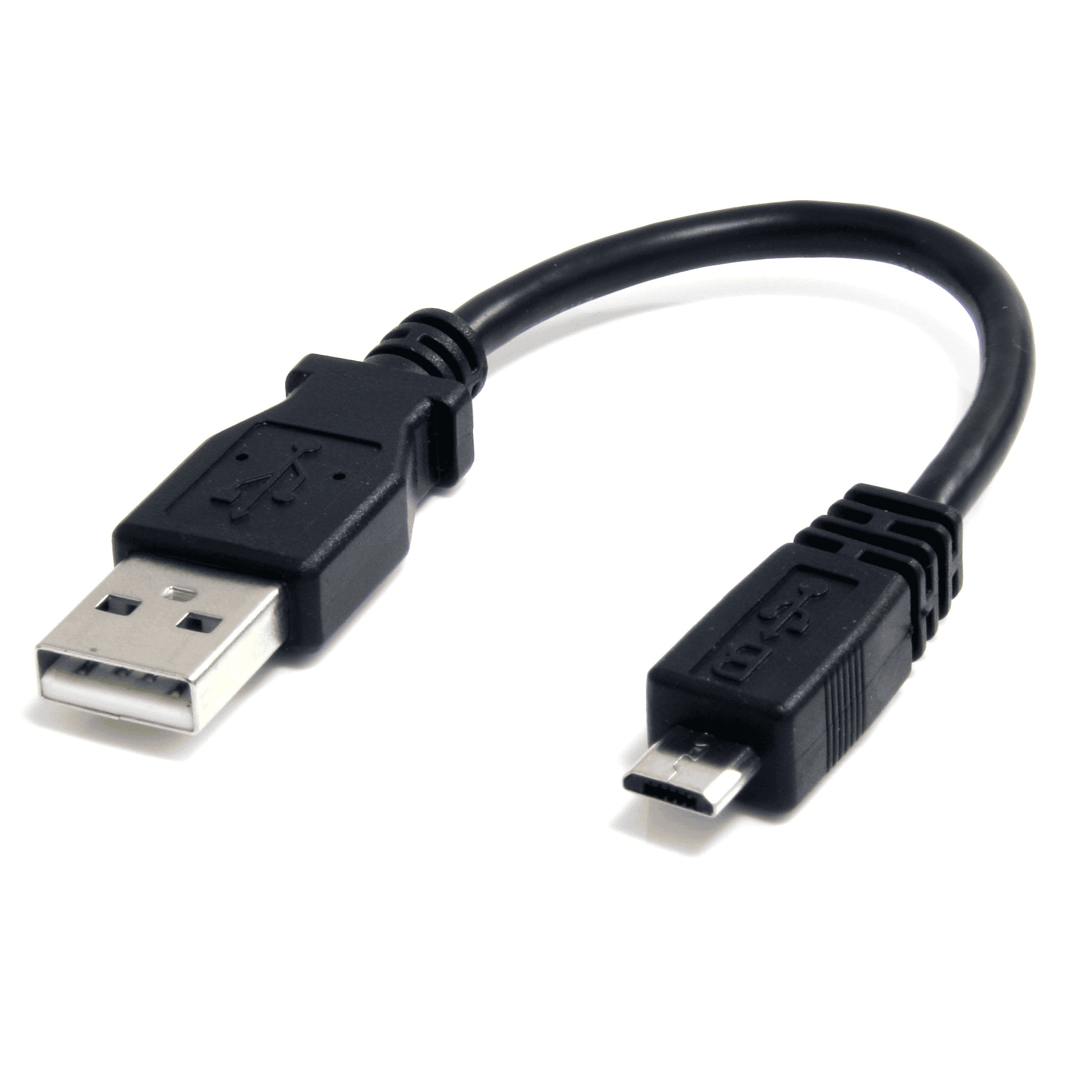
Understanding Micro USB and Mini USB
While USB-C is now the dominant connector type, you might still encounter older devices with Micro USB or Mini USB ports. Though they may seem similar at first glance, these two connectors have distinct characteristics and uses. Let’s explore their differences and common applications.
Key Differences
| Feature | Micro USB | Mini USB |
|---|---|---|
| Size and Shape | Smaller and more rectangular | Larger and trapezoidal |
| Durability | Generally more durable due to its smaller size and more robust construction | Less durable, prone to damage with frequent use |
| Common Uses | Smartphones, tablets, cameras, and other portable devices | Older MP3 players, digital cameras, and some game controllers |
| Prevalence | More common in recent years before USB-C | Mostly found in older devices |
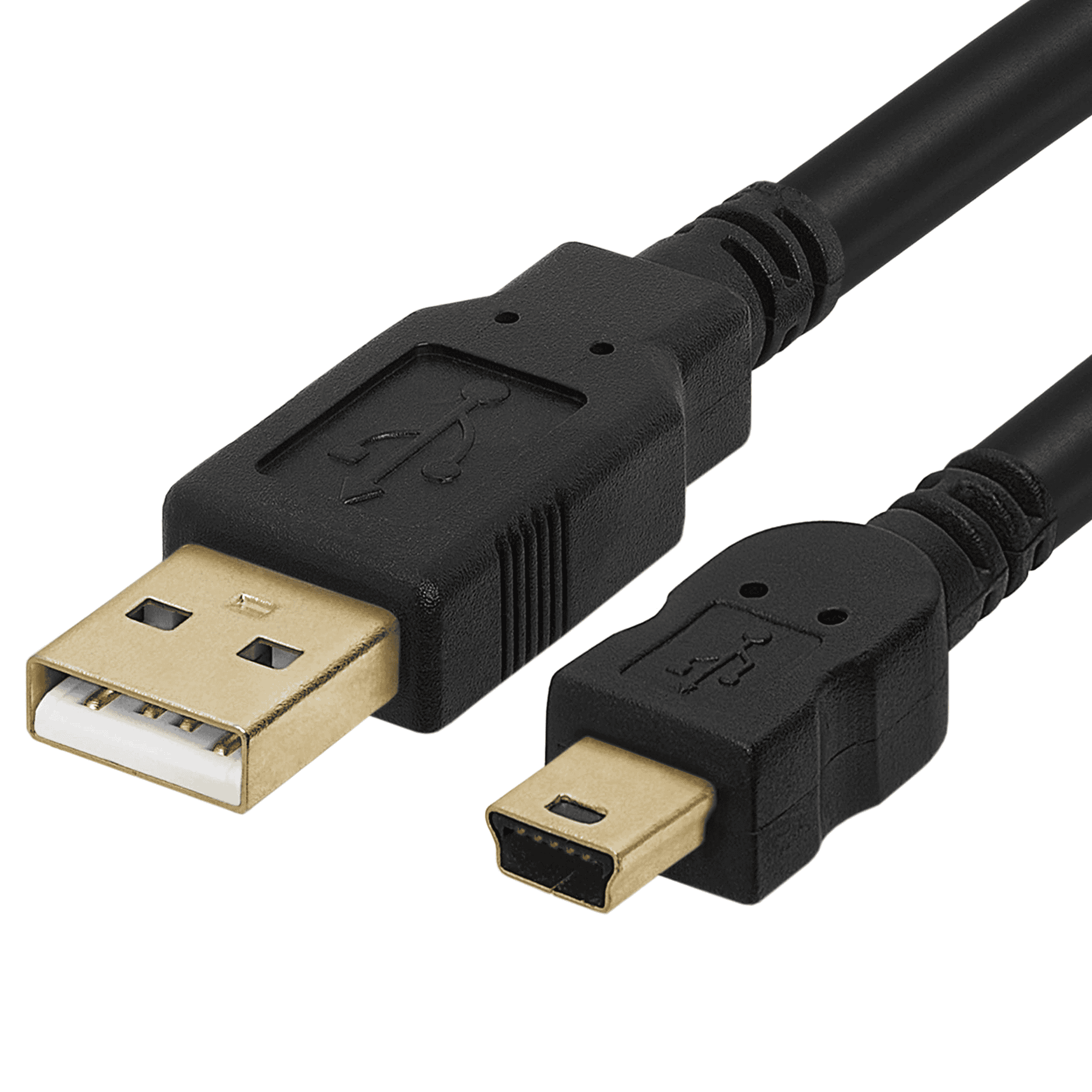
Detailed Comparison
- Size and Shape: Micro USB is noticeably smaller and has a more rectangular shape with a flat top and angled bottom. Mini USB is larger and has a distinctive trapezoidal shape.
- Durability: Due to its smaller size and more robust design, Micro USB tends to be more durable than Mini USB, which can be prone to damage with frequent use or if the cable is bent at awkward angles.
- Pin Configuration: Both connectors have five pins, but they are arranged differently. This makes them incompatible with each other.
- Data Transfer and Charging: Both Micro USB and Mini USB support data transfer and charging, but Micro USB generally offers faster data transfer speeds.
Common Uses
- Micro USB: Before the rise of USB-C, Micro USB was widely adopted for charging and data transfer in smartphones, tablets, cameras, portable hard drives, and various other portable devices.
- Mini USB: Mini USB was more common in older devices, such as early MP3 players, digital cameras, GPS devices, and some game controllers.
Which One to Use?
The choice between Micro USB and Mini USB depends entirely on the device you’re using. Check the device’s port to determine the correct connector type. If you’re unsure, consult the device’s manual or manufacturer’s website.

The Rise of USB-C
Both Micro USB and Mini USB have largely been superseded by USB-C, a newer and more versatile connector. USB-C offers several advantages, including:
- Reversibility: It can be plugged in either way up.
- Faster Data Transfer: Supports significantly faster data transfer speeds.
- Higher Power Delivery: Can deliver more power for charging laptops and other devices.
- Compact Size: Smaller and more compact than both Micro USB and Mini USB.
While you might still encounter Micro USB or Mini USB with older devices, USB-C is now the industry standard for most modern electronics.
A Note on Compatibility
It’s crucial to use the correct cable for your device. Attempting to force a Micro USB cable into a Mini USB port or vice versa can damage the port or the device. Always double-check the connector type before plugging in a cable.
History and Evolution of USB Standards
USB technology has transformed device connectivity since its introduction in the 1990s. The standard has progressed through several iterations, improving data transfer speeds and power delivery capabilities.
Development of USB Technology
USB 1.0 debuted in 1996, offering data rates of 1.5 Mbps (low-speed) and 12 Mbps (full-speed). This initial version laid the groundwork for future improvements. USB 2.0 followed in 2000, dramatically increasing speeds to 480 Mbps.
USB 3.0 arrived in 2008, boosting transfer rates to 5 Gbps. Subsequent versions like USB 3.1 (2013) and USB 3.2 (2017) further enhanced performance. The latest standard, USB 4.0, supports speeds up to 40 Gbps.
| USB Version | Release Year | Max Speed |
|---|---|---|
| USB 1.0 | 1996 | 12 Mbps |
| USB 2.0 | 2000 | 480 Mbps |
| USB 3.0 | 2008 | 5 Gbps |
| USB 4.0 | 2019 | 40 Gbps |
The Advent of Mini-USB and Micro-USB Connectors
As devices became smaller, new connector types emerged. Mini-USB was introduced for mobile devices but was quickly superseded by Micro-USB. Micro-USB became the standard for many smartphones and tablets due to its smaller size and improved durability.
Both Mini-USB and Micro-USB come in different variants:
- Mini-A, Mini-B, and Mini-AB
- Micro-A, Micro-B, and Micro-AB
These smaller connectors helped reduce device size while maintaining USB functionality. However, they’ve largely been replaced by the newer USB-C standard, which offers improved capabilities and a reversible design.
Technical Specifications of Mini USB and Micro USB
Mini USB and Micro USB connectors differ in size, shape, and capabilities. These differences impact their compatibility with devices and performance in data transfer and charging.
Physical Characteristics
Mini USB connectors have a trapezoidal shape with two crimped sides. They measure about 3 x 7 mm. Micro USB connectors are smaller, roughly 1.8 x 6.8 mm, with a flatter profile.
Micro USB ports are more durable than Mini USB. They can withstand up to 10,000 insertion cycles compared to Mini USB’s 5,000. This increased durability makes Micro USB more suitable for frequently used devices.
Both connectors use a 5-pin configuration. However, Micro USB’s design allows for a thinner connector, enabling slimmer device profiles.
Data Transfer Capabilities
Mini USB and Micro USB both support USB 2.0 speeds of up to 480 Mbps. This rate allows for quick file transfers between devices.
| Connector Type | Max Data Transfer Speed |
|---|---|
| Mini USB | 480 Mbps |
| Micro USB | 480 Mbps |
While these speeds are identical, Micro USB’s wider adoption has led to more devices supporting faster transfer rates through USB 3.0 technology.
Some Micro USB 3.0 ports can achieve speeds up to 5 Gbps. This increase allows for faster data transfer, especially useful for large files or backups.
Charging Capabilities and Power Delivery
Micro USB surpasses Mini USB in charging capabilities. Mini USB typically delivers up to 500mA of power. Micro USB can handle up to 1.8A, allowing for faster charging times.
Micro USB supports fast charging protocols like Qualcomm Quick Charge. This feature enables compatible devices to charge significantly faster than those using standard charging methods.
Power delivery capabilities also differ. Micro USB can support up to 7.5W of power delivery, while Mini USB is limited to about 2.5W. This difference impacts charging speed and the types of devices each connector can power effectively.
Compatibility and Applications
Mini USB and Micro USB connectors differ in their device compatibility and usage across various applications. These differences impact their suitability for different electronic devices and industries.
Device Compatibility and Design
Micro USB connectors are smaller and more compact than Mini USB. This design allows Micro USB to fit in slimmer devices like smartphones and tablets. Many Android phones use Micro USB ports for charging and data transfer.
Mini USB, while less common in newer devices, still finds use in some digital cameras, MP3 players, and portable hard drives. Its slightly larger size can be an advantage in devices that need a more robust connection.
When choosing between the two, consider:
- Device thickness
- Connector durability
- Compatibility with existing accessories
Usage in Various Applications
Micro USB has become the standard for many portable devices due to its widespread adoption in smartphones. It’s commonly used in:
- Mobile phones
- Portable battery packs
- Bluetooth speakers
- E-readers
Mini USB, while less prevalent, still appears in:
- Older digital cameras
- Some GPS devices
- Certain gaming controllers
Table: Common Applications
| Connector Type | Primary Applications |
|---|---|
| Micro USB | Smartphones, Tablets, Power Banks |
| Mini USB | Older Cameras, GPS Devices, Some Controllers |
Both connector types support USB OTG (On-The-Go), allowing compatible devices to act as hosts for USB peripherals. This feature is particularly useful for connecting external storage or input devices to smartphones and tablets.
Advantages and Challenges in Use
Micro USB and Mini USB connectors have distinct strengths and limitations. Their durability and compatibility with modern devices greatly impact their usefulness.
Durability and Lifespan
Micro USB connectors offer better durability than Mini USB. They can withstand more connect-disconnect cycles, typically lasting up to 10,000 insertions. This makes them ideal for devices you frequently charge or connect.
Mini USB connectors have a shorter lifespan, usually rated for about 5,000 insertions. While still durable, they may wear out faster with heavy use.
Both connector types can suffer from loose connections over time. This may lead to charging issues or data transfer problems. Regular cleaning and careful handling can help extend their lifespan.
Modern Device Trends and USB Type-C
The rise of USB Type-C has changed the landscape for both Micro and Mini USB. USB-C offers significant advantages over older connector types:
- Faster data transfer speeds
- Higher power delivery capabilities
- Reversible design for easier connection
Many modern devices now use USB-C ports, making Micro and Mini USB less common. However, you’ll still find Micro USB on many accessories and budget smartphones.
| Connector Type | Data Transfer Speed | Power Delivery | Reversible |
|---|---|---|---|
| Mini USB | Up to 480 Mbps | Limited | No |
| Micro USB | Up to 5 Gbps | Improved | No |
| USB-C | Up to 40 Gbps | High | Yes |
USB-C’s versatility has made it the preferred choice for new device designs. This trend may eventually phase out Micro and Mini USB connectors in consumer electronics.
Frequently Asked Questions
Micro USB and Mini USB connectors have distinct characteristics that affect their usage in various devices. Their differences impact compatibility, efficiency, and durability.
What are the key differences between Micro USB and Mini USB connectors?
Micro USB connectors are smaller and more compact than Mini USB. They have a trapezoidal shape and are not reversible.
Mini USB connectors are larger with a rectangular shape. They also cannot be inserted both ways.
What are the advantages of Micro USB over Mini USB?
Micro USB is more efficient and durable than Mini USB. It can withstand up to 10,000 connect-disconnect cycles.
Micro USB also allows for faster data transfer and charging speeds in many devices.
Which devices typically use Micro USB ports?
Many modern electronic devices use Micro USB ports. These include:
- Smartphones
- Tablets
- Digital cameras
- GPS devices
- Portable chargers
- Bluetooth speakers
For which applications is Mini USB still in use?
Mini USB is less common now but still found in some devices:
- Older digital cameras
- Some MP3 players
- Certain GPS units
- Some game controllers
How does USB-C compare to Micro USB and Mini USB connectors?
USB-C is newer and offers several advantages:
- Reversible connector (can be plugged in either way)
- Faster data transfer speeds
- Higher power delivery for quicker charging
- Supports video output
Why was Mini USB largely replaced by Micro USB in most devices?
Mini USB was replaced by Micro USB for several reasons:
- Smaller size allowed for slimmer devices
- Improved durability with more connect-disconnect cycles
- Better power efficiency for charging
| Feature | Micro USB | Mini USB | USB-C |
|---|---|---|---|
| Size | Smallest | Larger | Medium |
| Shape | Trapezoidal | Rectangular | Oval |
| Reversible | No | No | Yes |
| Durability | High | Lower | Highest |
| Current Use | Common | Limited | Increasing |

